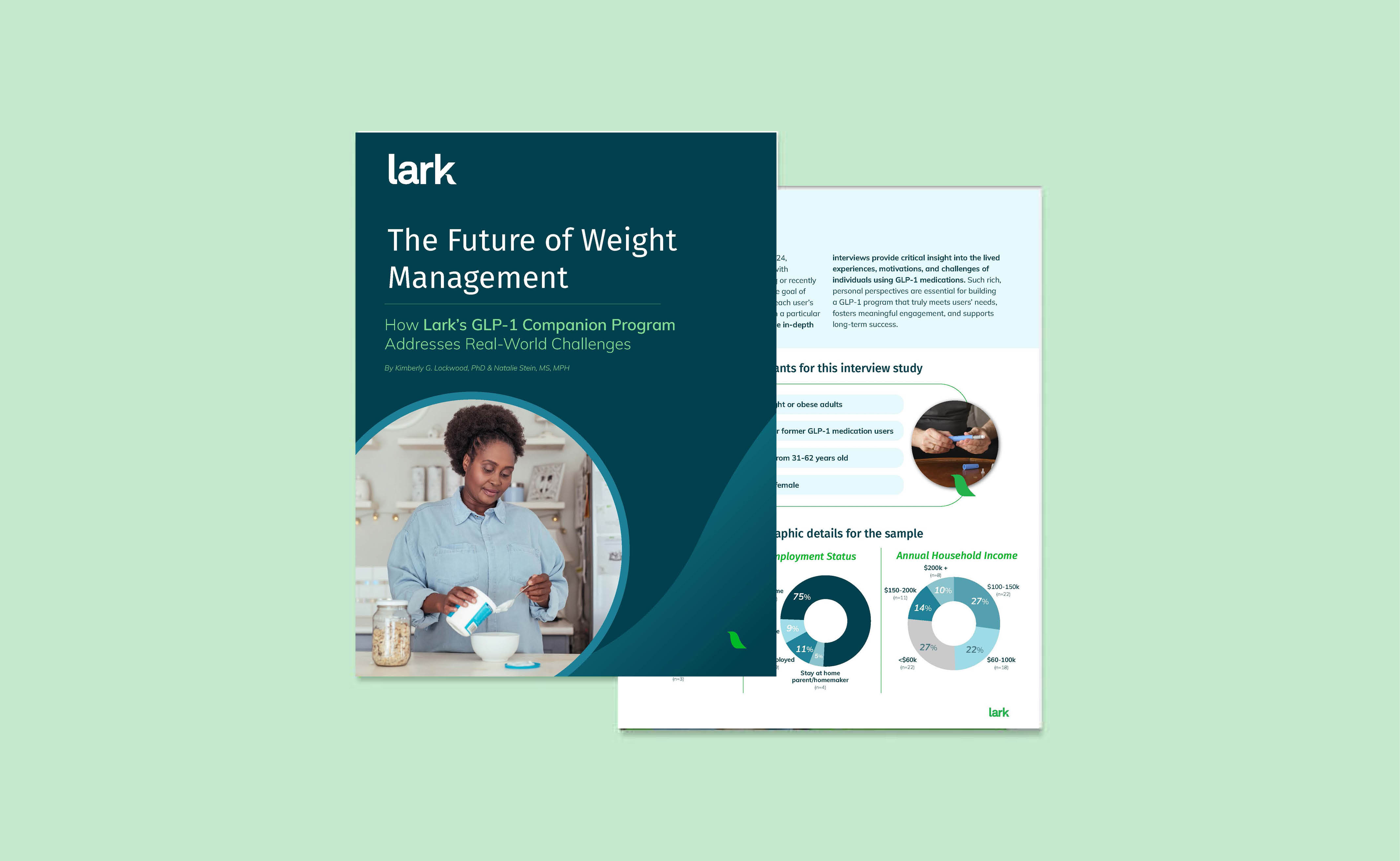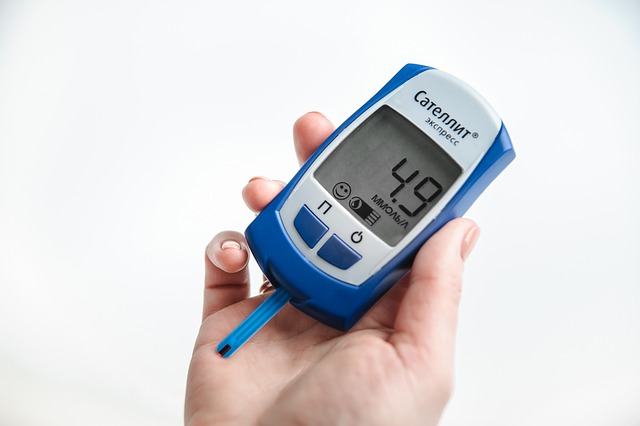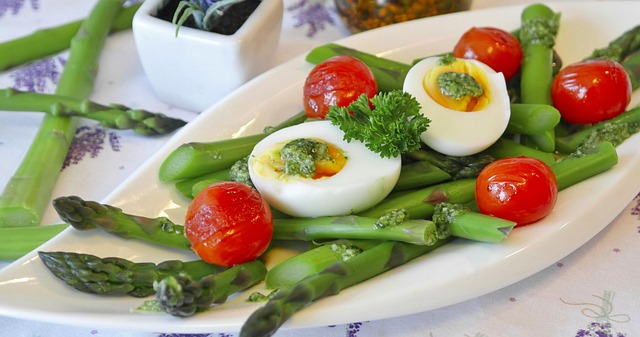In this article:
- Protein is an essential nutrient with roles in the body including providing structure, supporting immune function, maintaining muscles, and producing hormones.
- Protein can support weight loss by promoting fullness and stabilizing blood sugar levels.
- Weight, age, and health goals affect daily protein needs. You may need more protein if you are an older adult, if you’re using GLP-1 medications, if you’re losing weight, or if you’re training intensely.
- Lean protein sources include skinless chicken, fish, egg whites, beans, lentils, and low-fat dairy products.
- A plant-based protein diet can have adequate protein. Choose a variety of protein sources to consume all of the essential amino acids.
- Protein shakes and supplements can be convenient, but whole food sources are often more satisfying and provide additional nutrients.
Low-fat and low-carbohydrate diets have gotten plenty of attention, but what about protein? It’s increasingly getting its fair share of attention as a crucial piece of the weight loss puzzle. More than a nutrient for growing children, protein can support faster and healthier weight loss. Here’s why protein is important, how much you need, and how you can get enough healthy sources of protein in your daily routine. Remember to ask your healthcare provider for specific information on your dietary and protein needs.
What Is Protein?
Proteins are present in foods and in your body. They’re made up of building blocks called amino acids.
There are 20 dietary amino acids.
- There are 9 essential amino acids. You need them from your diet because your body cannot make them
- There are 11 non-essential amino acids. Your body can get them from foods and can make them from the 9 essential amino acids.
Why Your Body Needs Protein
Protein’s roles in the body include:
- Providing structure (e.g., in muscles and skin)
- Acting as enzymes (e.g., lipase to break down fat, amylase to break down starch, protease to break down protein)
- Transporting (e.g., hemoglobin carries oxygen and lipoproteins carry cholesterol)
- Acting as hormones (e.g., insulin and glucagon)
- Supporting immune function (e.g., antibodies)
How Protein Affects Weight
Like fat and carbohydrates, protein contributes 4 calories per gram. Overconsumption of calories from protein is just like overconsuming calories from carbohydrates or fat. It can contribute to weight gain in excess.
Even though protein foods contribute calories, protein can also help with weight loss. Here are some reasons why.
- It increases metabolism (burns more calories) compared to carbohydrates and fat because digesting protein requires more energy than digesting carbohydrates and fat. In other words, protein has a higher thermic effect of food (TEF) than that of carbohydrates or fat.
- Protein helps stabilize blood sugar, which helps reduce cravings and sudden hunger. That makes you less likely to overeat or choose low-nutrient foods in desperation.
- It slows stomach emptying after a meal, helping you feel full longer. That can help you eat less at the next meal.
Here are some tips to help you increase your protein consumption and lose weight.
- Choose nutritious sources
- Use nutritious foods with protein to replace low-nutrient foods like sugar-sweetened foods, refined starches, and fatty or fried foods
- Remember that foods with protein contribute calories, so portion control is still important
How Much Protein Do You Need?
The Recommended Dietary Allowance (RDA) for protein is 0.8 grams of protein per kilogram of body weight per day.
Higher needs can be 1.2-1.5 grams of protein per kilogram of body weight. Some people with higher needs may include:
- People who are losing weight, especially rapidly or with GLP-1 medications
- Older adults
- Elite athletes, bodybuilders, and other people training intensely
The Acceptable Macronutrient Distribution Range (AMDR) suggests that protein should make up 10-35% of your daily calories. It’s a range that supports long-term weight management, a balanced diet, and reduced chronic condition risk.
Ask your healthcare provider how much protein you need.
Healthier and Less Healthy Sources of Protein
Many foods have protein, but some are healthier than others.
For weight management, health, and nutritional support, here are some things to look for when choosing healthy protein foods.
- Low in saturated fat
- Free from nitrates
- Contain other nutrients like healthy fats, fiber, vitamins, minerals, or other beneficial components
Here are some healthy sources of protein.
Processed and red meats are less healthy sources of protein. Here are some common reasons why they’re less healthy.
- Fatty meats can be high in calories
- Fatty meats can be high in saturated fat, which is linked to heart disease
- Processed meats contain nitrates
- Red meat has a component that your body breaks down into something called TMAO, which is linked to heart disease
Limit these types of protein sources.
- Fatty meat like poultry with skin, steaks with visible fat, and ground beef
- Bacon
- Hot dogs and sausages
- Processed and deli meats like ham, pepperoni, bologna, salami, prosciutto, and sliced turkey
To make protein choices healthier, try these substitutions.
- Instead of sandwiches with deli meats, make sandwiches and wraps with skinless chicken, tuna, low-fat cheese, peanut butter, or falafel
- Instead of salads with deli meats, add grilled chicken, tuna, garbanzo or other beans, low-fat cheese, nuts, or seeds
- Instead of ground beef, use lean ground turkey or vegetable protein in chili, meatloaf, and meatballs
- Instead of ground beef, make burgers with lean ground turkey or veggie burgers
- Instead of bacon or sausage at breakfast, add protein with egg whites, meatless bacon or sausage, or turkey sausage without nitrates
What About Plant-Based Protein?
Many people wonder if they can get enough protein on a plant-based (vegan) diet. It’s often possible, though you should ask your healthcare provider about the best sources and how much you should have.
Plant-based proteins are often sources of fiber. They tend to be low in saturated fat and cholesterol. However, keep in mind that sticking to an entirely plant-based diet can increase your chances of missing out on important nutrients like calcium from dairy products and long-chain omega-3 fatty acids from seafood.
It’s important to ask your healthcare provider to make sure your diet is nutritionally adequate.
Complete proteins like quinoa and soy (tofu, edamame) contain all nine essential amino acids. Incomplete proteins include legumes (beans, peanuts, and lentils), grains, nuts, and seeds. You can get all of the amino acids you need by using the principle of complementary proteins.
Complementary proteins are combinations of incomplete proteins that, when eaten together, provide all the essential amino acids. Here are examples.
- A grain and a nut or seed, like brown rice with almonds or oatmeal with cashews
- A grain and a legume, like brown rice and beans or peanut butter on whole-grain bread and veggie burgers made with beans and brown rice
- A legume and a nut or seed, like a salad with garbanzo beans and walnuts, or lentil soup topped with cashews
You don’t have to eat your complementary proteins in one meal. You can get your amino acids by eating a variety of protein sources throughout the day.
Protein Shakes and Supplements
Shakes, powders, and supplements can provide a protein boost or serve as a meal replacement. A drawback is that they're not as filling per calorie and are considered liquid calories. They may not be as satisfying as eating whole foods.
When choosing a shake or bar, check the amount of calories per serving, as well as sugar, carbohydrate, and protein content. Also, read the list of ingredients to make sure you know what you’re getting.
Convenient whole-food sources of protein include hard-boiled eggs, cottage cheese or yogurt in single-serving cups, tuna pouches, canned beans, and almonds.
How Lark Can Help
Understanding protein can help you stay on track with your goals. Lark can help you make more small changes to improve heart health, lose weight, and manage or prevent chronic conditions. Your Lark coach is available 24/7 for encouragement, nutrition and physical activity coaching, and habit tracking. Lark can help you make healthy choices and establish habits that fit into your lifestyle so you can lose weight and keep it off with or without GLP-1 medications.
Click here to see if you may be eligible to join Lark today!




.png)






.webp)







